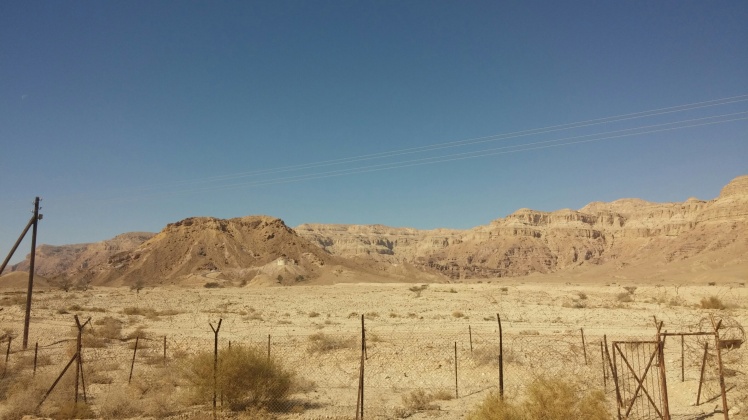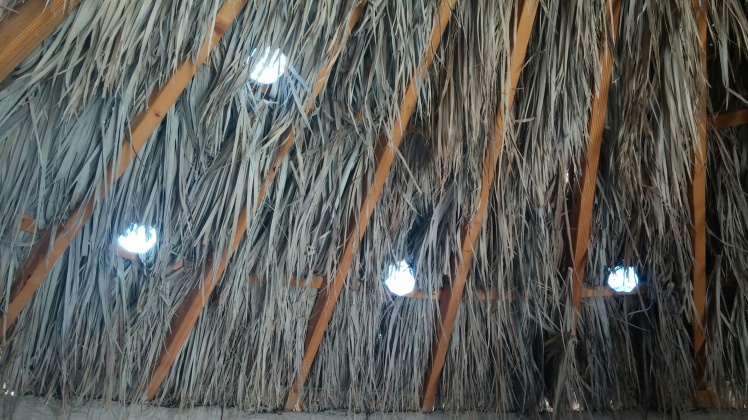Today Vienna Views takes a little detour.
I recently spent the better part of a week in Israel. I spent a few days in Tel Aviv, whose central areas are now filled with upscale shops and restaurants, and seemingly 1 excellent coffee shop for about every 10 residents. The days when coffee in Israel simply meant instant Nescafe are clearly gone.
The rest of my time was spent on Kibbutz Samar, just north of Eilat in the Arava region. This is a desert, sparsely populated by kibbutzim (and just a few miles away on the Jordanian side of the border with villages). The kibbutzim raise dairy cows and grow dates. I created this blog as an opportunity to reflect on cities and urbanism, but there is nothing urban about this region.

I was there primarily to visit with family, but I also used the occasion to visit the Arava Institute for Environmental Studies. The AIES is housed on a kibbutz in the Arava region; it combines education (with study abroad and student research/internship opportunities for undergraduate and masters students) with research in a few very regionally-relevant focus areas, including water management, alternative energy, and sustainable agriculture.
For example, they are exploring ways to live completely “off grid.” The house pictured below is constructed from earth-filled sacks; the small structure to the left is a biofuel powered generator.

Another experimental house had a thatched roof. The “skylights” are recycled plastic bottles filled with water:

The AIES would be impressive even if they “merely” carried out this important program of education and research, but they also have another key goal, which is bringing together people from around the world and, most importantly, across the Middle East, to solve environmental problems together. These students and researchers are American and European; they are Israeli and Palestinian; they span the religious spectrum. The curriculum requires them to tackle their cultural differences directly, with a “Peace-building Leadership Seminar” in which culture, identity and conflict-resolution are discussed.
I know about the AIES because my late sister, Gigi, worked there, primarily responsible for grant writing. Like Gigi, the Institute manages to combine pragmatism with idealism, two traits that are often (and incorrectly) seen as contrary. The AIES was born out of the post-Oslo Accords optimism. As we too well know, that optimism has foundered in the wake of continued occupation and violence. The Arava Institute, however, has continued to work across every kind of national, cultural and intellectual border, and their perseverance has to be seen as a kind of stubborn idealism that still believes in a better future .
But their work, like Gigi’s, is grounded in pragmatism. We need to grow food in the desert – how can we do that best? We have limited access to fossil fuels – let’s develop alternatives! There are environmental problems to be solved, and if we can focus on the task at hand, in this view, we will achieve small, concrete victories which are themselves worthwhile, but which can also add up to broader successes.